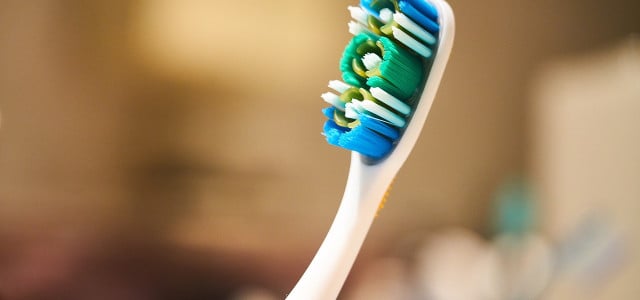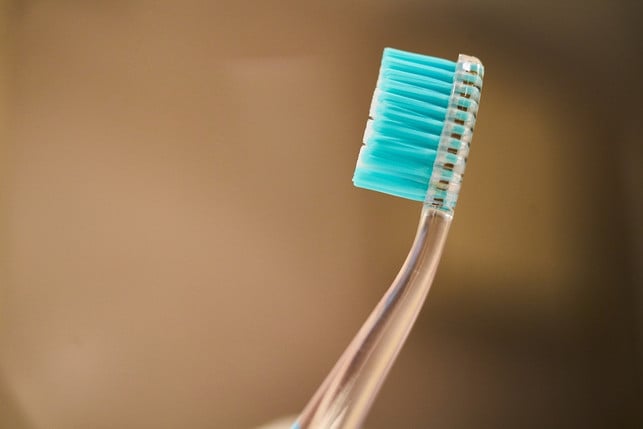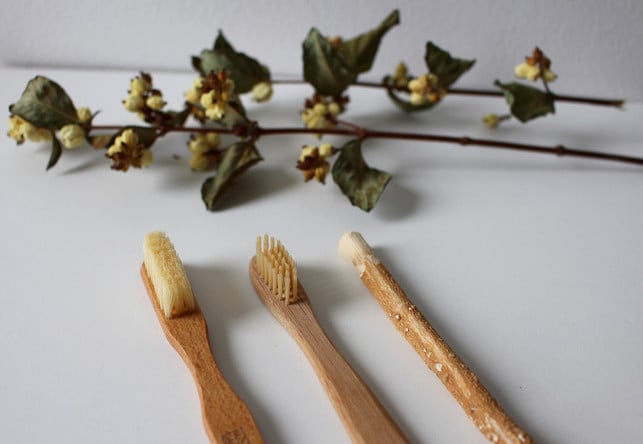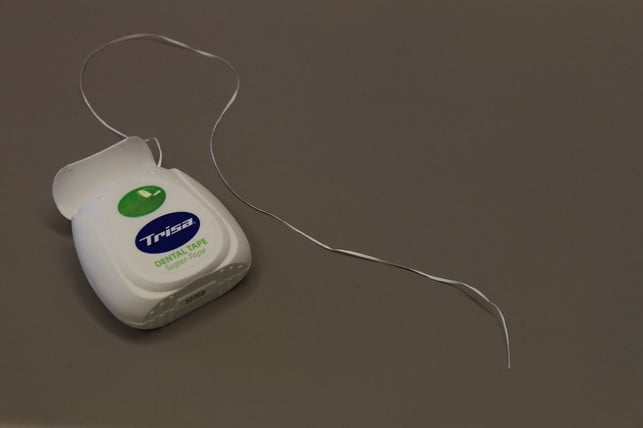
It generally makes sense to change your toothbrush at regular intervals. But even if you have had the flu or other illnesses, you still need a new toothbrush.
You should change your toothbrush regularly to ensure optimal oral hygiene. Because over time, bacteria and dirt can accumulate on the bristles. Daily use also causes wear and tear, making the toothbrush less effective.
In this article we will explain to you how often you should change your toothbrush and what you can pay attention to in order to make your dental hygiene as sustainable as possible.
Change your toothbrush: This is how often it is necessary

(Photo: CC0 / Pixabay / Engin_Akyurt)
You should change your toothbrush regularly. This is the only way you can thoroughly clean your teeth and gums during daily brushing and protect them from damage. Otherwise there is a risk of tooth decay or plaque. It’s time to change your toothbrush in the following situations:
-
Experts recommend replacing your toothbrush or brush head every three months.
- However, if your toothbrush already looks worn and frayed, you can change it sooner. The reason for such wear and tear is often excessive pressure when brushing your teeth. You can read more about the correct brushing technique here: Brushing your teeth correctly: 7 tips.
- It also makes sense to change your toothbrush after infectious diseases of the upper respiratory tract such as flu, cold or corona. Because viruses and bacteria settle on the brush.
The best way to care for your toothbrush is to wash it thoroughly after brushing your teeth and let it dry upright. You should also clean electric toothbrushes well. You can find out how to do this here: Cleaning an electric toothbrush: This is how you get rid of residues
By the way: A study found that toothbrushes have a unique and diverse microbiome composition: Researchers discovered over 600 different viruses on toothbrushes. However, these are usually not harmful and it is sufficient to change your toothbrush regularly. Rather, it is a major advance for science because bacteria have been discovered that are still little researched or completely unknown.
When switching to sustainable toothbrushes, use them

(Photo: CC0 / Pixabay / Monfocus)
When you change your toothbrush, it is worth paying attention to the sustainability of the toothbrush. This way you are doing something good for your health and the environment. We have put together the most important tips for you:
-
Use plastic-free toothbrushes: According to BUND, conventional toothbrushes not only contain a whole range of toxins, but also a lot of microplastics. Therefore, your best bet is to choose a plastic-free toothbrush made from sustainable material. Many toothbrushes are made of bamboo. However, this wood has a long transport journey. It is therefore even better to use toothbrushes made from local wood. When purchasing, look for sustainability seals (such as the FSC seal) and fair trade seals.
- Most wooden toothbrushes still have plastic bristles that are not biodegradable. Therefore, you should cut off the heads and dispose of them separately.
- There are also toothbrushes where the handle is retained and only the head is changed, which also saves resources.
- These heads are also typical of electric toothbrushes. You can find sustainable interchangeable heads for your sonic toothbrush at Avocadostore, for example.
What else you can do

(Photo: CC0 / Pixabay / muklinika)
In addition to changing your toothbrush regularly for hygiene reasons and paying attention to sustainable products, you can also do something about toothpaste and dental floss:
-
Rely on sustainable toothpaste: Similar to toothbrushes, most toothpastes from the drugstore often contain questionable substances. You can avoid these by choosing organic toothpaste with natural ingredients. Alternatively, you can also make your own toothpaste. In this way, you also avoid plastic packaging.
-
Ecological alternatives to dental floss: In order to really clean your teeth thoroughly, you need dental floss. This is the only way you can brush the spaces between your teeth. As a rule, however, dental floss is made of plastic or nylon, is based on petroleum and is sold in plastic packaging. Organic dental floss, on the other hand, often consists of silk and beeswax. You can find them at Avocadostore, for example. Alternatively, interdental brushes made of bamboo are also available.
By the way: If your toothbrush has had its day, it doesn’t have to go in the trash. There are many ways to reuse your old toothbrush around the house: Don’t throw away old toothbrushes: Here’s how you can use them
If you do have to dispose of it, the used toothbrush belongs in the trash. Toothbrushes disposed of in the yellow bin are usually forbidden.
Read more on Techzle\.com:
- Cleaning the dental splint: This is how you get it clean again
- Cleaning braces: How to do it quickly and sustainably
- Removing tartar yourself: methods and possible risks
Edited by Laura Hintereder
** marked with ** or orange underlined Links to sources of supply are partly partner links: If you buy here, you are actively supporting Techzle\.com, because we then receive a small part of the sales proceeds. More info.